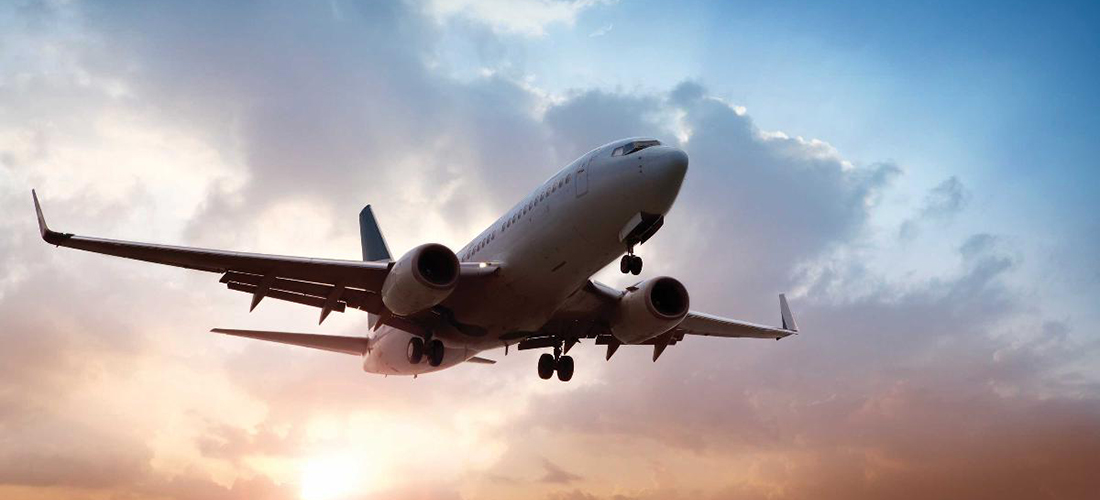Fortunately air travel is possible for most disabled people nowadays. There are some people who cannot be transferred onto the plane, sit comfortably, not use the loo during the flight and/or get their wheelchair on board. This must be addressed asap. Of those who do travel, the process is often scary and sometimes problematic.
Now before I continue, I want to be clear that despite some of the pit falls, flying is getting better and is very worthwhile. My love of new countries, people and culture will always beat the fear of flying with a disability.
However I want to raise some awareness of the process and the difficulties. Partly so disabled are prepared for any situation. Partly to ask the air travel industry to make improvements.
The general process is that I book my flights like anybody else would. On the web booking I state that I’m a PRM (Passenger with Reduced Mobility) and that I’ll need assistance getting onto the plane from the boarding gates. Many other options are available including the type of disability and support required. I then have to telephone the airline with my wheelchair and shower chair details (dimensions and weight).
We usually drive to the airport, stop in the long stay car park (cheapest option), get the accessible shuttle bus to the terminal and check everything in with the airline. My wheelchair gets a luggage sticker, but I stay in it. We then go to the special assistance area and they agree to meet us the boarding gate. Off we go through security, passport and shopping. At security I have to be patted down and the chair swabbed for anything suspicious. So far so good.
I’ve shared this video from California because it shows me being lifted on the plane in San Francisco. Enjoy the Fresh Prince of Bel Air rap, and me fist bumping Jack Black at the end.
Around the time of boarding my stress levels rise. Will the PRM service arrive, with 2 people able to lift me, and with a head support aisle chair? Will I be boarded first (as per the planned protocol)? Will the luggage handlers get my wheelchair in the hold safely? Will I be spoken to by the airline staff or will they act like I’m not there?
Only recently all of the above went wrong. The second PRM guy came late, the airline staff ignored me, and the chair had no head support. Therefore I was boarded late in front of everyone. This is very undignified because I’m in an awkward position, scared of hurting myself as I’m lifted onto the planes seat, and people LOVE to stare. Already late for the planned departure time, the pilot announces that we’ll be yet more delayed because of the wheelchair not going in the hold. I could feel the gazes and anger!
I wonder. Was it necessary to publicly explain the reason? Moreover why couldn’t they get my wheelchair on, when I’d phoned with the details weeks before?
My understanding is that the airlines are publicly facing and responsible for customers. They pay each airport for services like check in, baggage handling, refueling and PRM. So when we get angry at the airline for these issues we’re half right and half wrong. We are right because it’s their responsibility, on behalf of the customer, to demand better services from their sub contractors. We’re wrong because it’s also the airports that need to improve the travel experiences for disabled people with these services.
Before people might suggest that it’s a social service and we should just be grateful. My colleague Roberto explains the increased numbers of PRM travellers here. Plus the European Commission explain more about our under served market, including a pdf of the economic benefits when including disabled people in tourism, here.
It’s not like the airline fly me for free. It’s not like they don’t make profit. It’s not like it’s rocket science to solve. Here are some thoughts on improvements:
– collect all information during the web booking. Don’t request a phone call to an expensive number afterwards.
– on the journey day, brief everyone on duty of the needs of the PRM and their equipment.
– ensure the PRM has suitable boarding equipment and is boarded first.
– use hoists on the aircraft for boarding like here.
– give disability awareness training to all staff. Eg. I’m a person not a muppet. My wheelchair is expensive and vital, not junk you throw around.
– essentially treat us like a paying customer.
Despite this slightly negative but much needed rant, we disabled people must stay positive. The more we live independently, becoming financially better off, and looking to spend our money; the more bargaining power we have. If we give up with flying or any other normal activity, we lose.
If we keep living our lives well, keep constructively criticising the unfair barriers and problems, keep suggesting solutions and benefits – we’ll win. As will everyone else.
Martyn
World Changing Blogger | Twitter | Linked In | Google+
Co Editor Disability Horizons
Co Founder Accomable





GOOD STUFF MARTYN; WELCOME TO MY HACKNEY MODAL SPLIT …A VERSION OF MY KIDDIKUBES……A TRAFFICUBE EXEMLIFYING THE 6 MODES WE DISABLED PEOPLE NEED TO COPY YOU…………THE ORDER IS IMPORTANT…….1……CYCLING ALL ABS..WERE \\\\\’ VELODROME ! 2. TPT.VEHICULAR; 3 PAVEMENT PEDESTRIANNPRECINCTS EG N-WAYU; 4 RAIL…TUBE ROUNDEL AND BR CROSSRAIL; 5…AS YOURE DOING WELL AIR…AND FINALLY A WIGGLY BLUE LINE REPRESENTING ALL FORMS OF TRAVEL BY WATER..ALAN BADMAN…WE DID MEET ONCE LONG WHILE AGO.